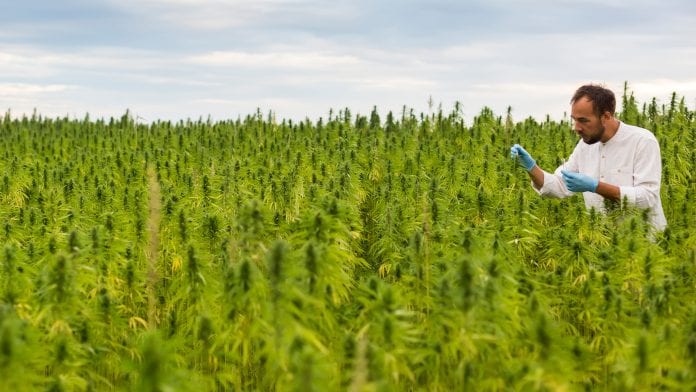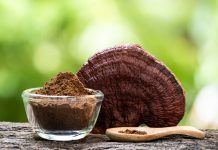
A team of researchers have created a ‘hemp scanner’ that can determine the level of THC in cannabis plants instantly, without damaging any of the product.
Hemp is technically legal in Texas, but proving that hemp is not cannabis can be a hurdle, requiring testing in a licensed laboratory. So, when a truck carrying thousands of pounds of hemp was recently detained by law enforcement near Amarillo, the driver spent weeks in jail awaiting confirmation that the cargo was legal.
Stories like that one inspired a team of Texas A&M AgriLife researchers to create a “hemp scanner” that can distinguish hemp and cannabis instantly, without damaging any of the product.
The study was published in January in the scientific journal RSC Advances.
Hemp’s heyday
In 2019, Texas lawmakers made a distinction between hemp and cannabis based on the level of THC in a plant. If a plant has less than 0.3% THC, it is designated hemp.
Both federal and state restrictions on hemp have loosened in recent years. As a result, the value of hemp has skyrocketed, said Dmitry Kurouski, Ph.D., assistant professor of biochemistry and biophysics at the Texas A&M University College of Agriculture and Life Sciences, who led the study.
Hemp is rich in compounds that are prized for their medicinal properties and flavour. The most well-known is CBD, or cannabidiol, which is thought to help with pain, anxiety and depression.
But farmers wanting to grow valuable hemp plants need a way to know that the plants contain little to no THC. When hemp can be legally grown in Texas later this year, producers will want to know if their plants’ THC levels are approaching 0.3%, which would classify the plants as cannabis and therefore illegal to have and grow. An easy test for THC would be a boon for farmers as well as for law enforcement.
Fingerprinting THC with spectra imaging
Back in Texas, Sanchez and Kurouski analysed the collected spectra. A statistical analysis method found seven regions in the spectra that differed slightly among cannabis and hemp varieties, a high-tech version of the ‘spot the difference’ brain teaser. Taken together, the readout in these seven regions distinguishes hemp and cannabis with 100% accuracy.
Kurouski said: “We know plants from A to Z in terms of their spectroscopic signature, but when we saw such a crystal-clear picture of THC that appeared in one second of spectral acquisition, that was mind-blowing.”
Now that Kurouski’s team has demonstrated its quick, non-invasive test for THC, they are looking to collaborate with industry to mass-produce their hemp scanner. Mass production could feasibly begin in two or three years, Kurouski said.
The team also aims to create a similar test for CBD. Farmers looking to grow hemp may want to know the amount of CBD in their plants to better estimate their value.
The study also uncovered the scanner’s ability to distinguish among different varieties of hemp and cannabis. In the changing legal landscape, there are thousands of varieties of cannabis, many of questionable quality.
“Our colleagues, the farmers, were positively surprised that we could identify the variety with 98% accuracy,” Kurouski said. “That blew them away.”







